September 27, 2018
Field to Fact: Fruit & Veggie Farm Tour
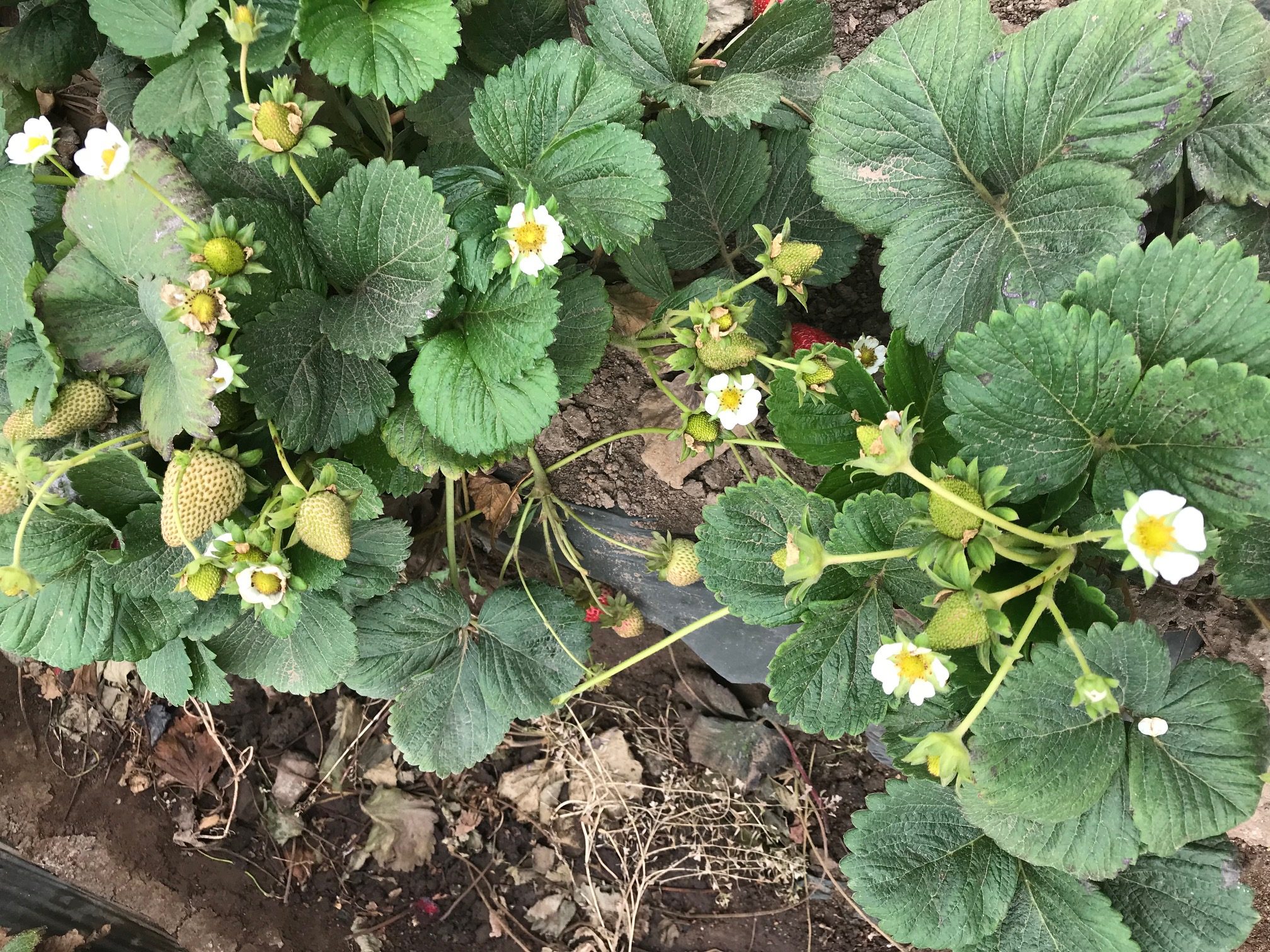
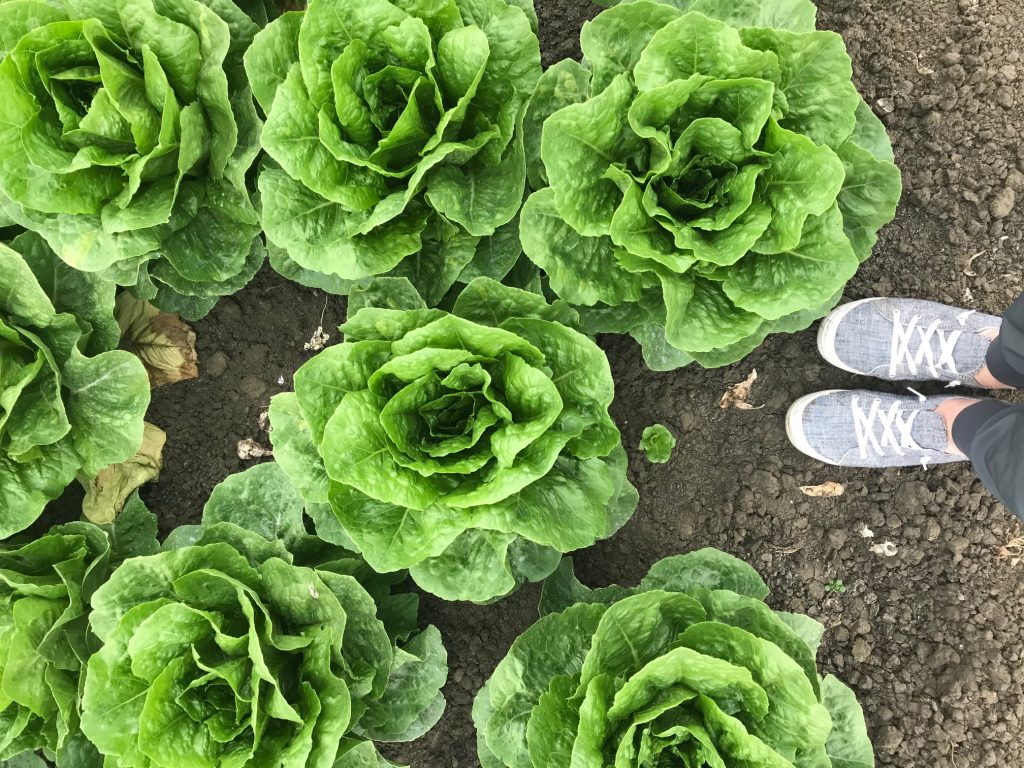
Food For Thought:
Everyone knows that eating more fruits and vegetables is good for you, linked to everything from a longer life to lower rates of heart disease, cancer and obesity. Then there’s the good news that the nutrients found in produce are the vitamins and minerals that do so much good for all of our body’s systems from skin health ( vitamin A, vitamin C ) to brain health (folic acid and other B vitamins).
Did you know?
-Only 1 in 10 Americans eat enough fruits and vegetables each day for good health. ( Centers for Disease Control and Prevention, November 2017) Come on people!
-If half of all Americans added one more serving of fruits and veggies to their daily diet then 20,000 cancer cases could be prevented annually. (Journal of Food and Chemical Toxicology, May 2012)
We can do this! One more serving folks. Want something new? Introducing Caulilini!
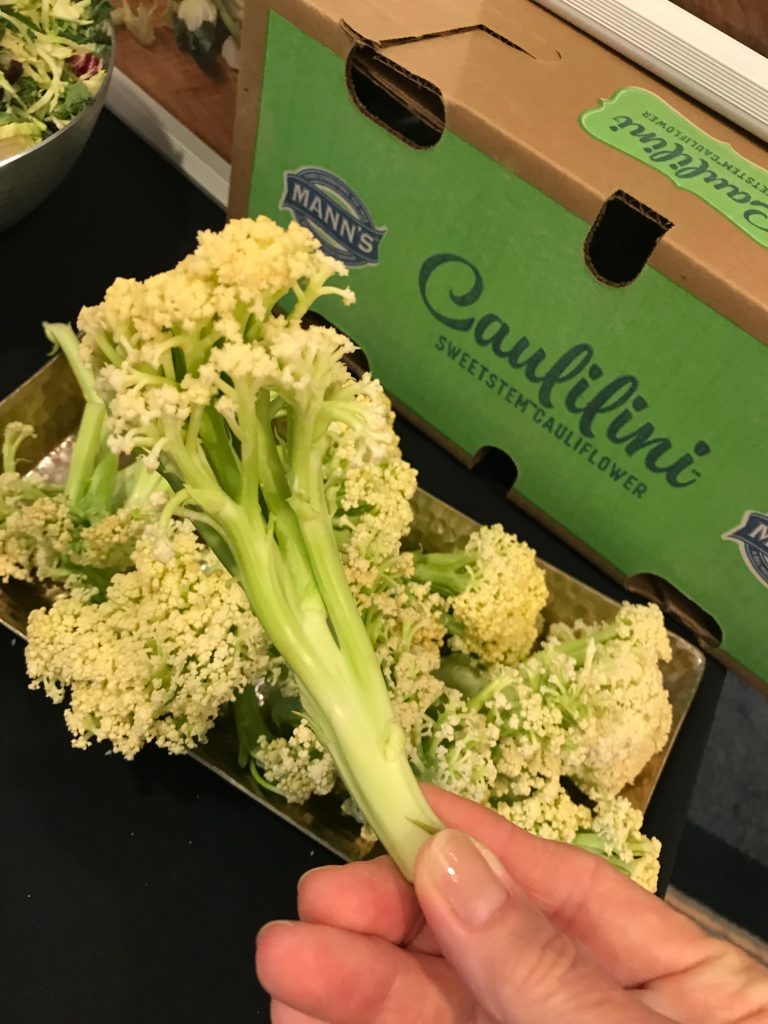
But…..
But, then there’s the but…what about the risk of pesticide residue on produce? What about the recalls and even outbreaks of illness associated with bad bacteria on produce? What’s going on in the farms and the fields? Well, I have always believed that “the more you know, the more you can eat” and I wanted to learn more about produce safety myself. But rather than reading yet another headline or digging into a federal document ( yum! ) I wanted to go to the farms.
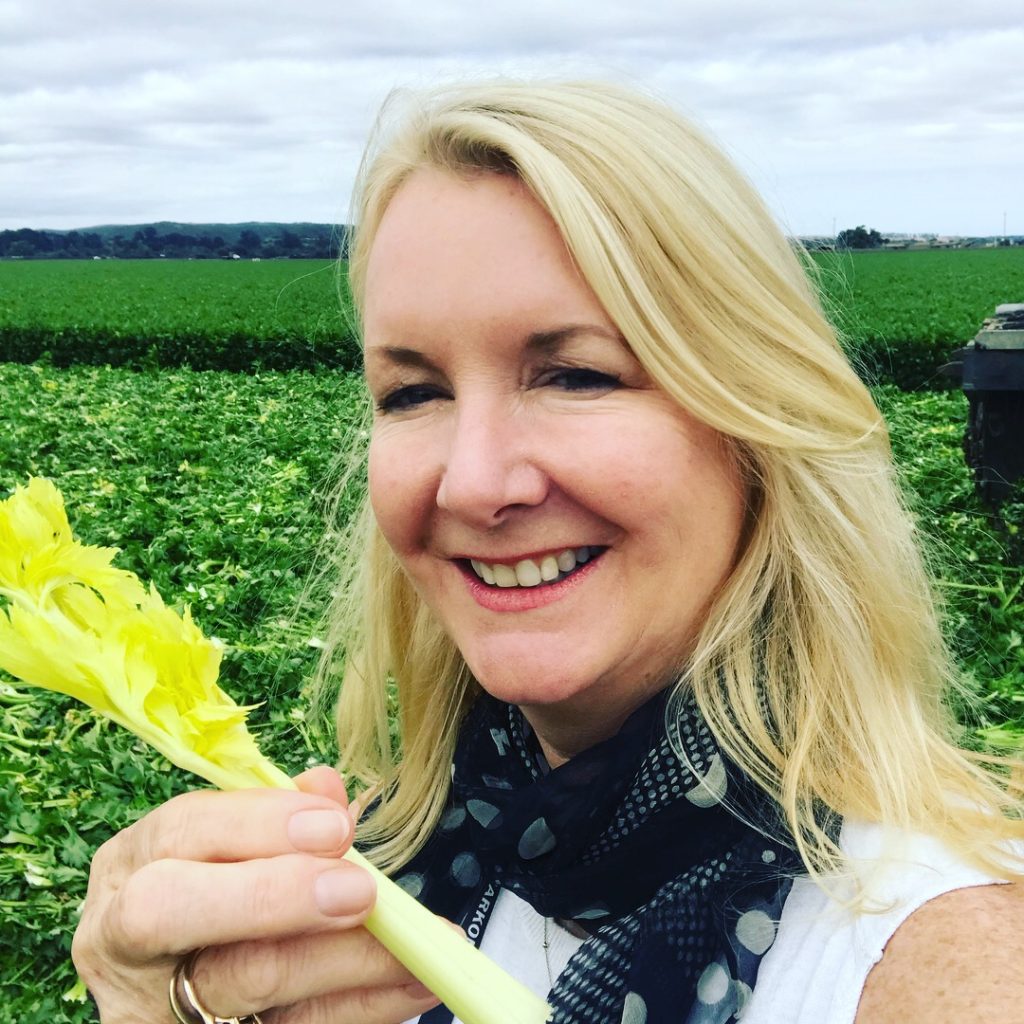
Why talk to the farmers?
I knew that the fears people may have about eating produce might get in the way of them eating fruits and veggies so I wanted to do something to calm those fears by seeking the facts.
Check this out! These fears are fighting the “eat your vegetables” mission! No bueno.
-Studies show that fear based produce safety messaging confuses consumers and may result in reduced purchasing of any fruits and vegetables. (Nutrition Today: October 2016 and that’s just one of many studies showing the same sad conclusion)
So, I decided to accept an invitation from The Alliance for Food and Farming to visit the Salinas Valley of Northern California to see for myself and talk to the folks who work on produce farms. Visit their Facebook page to get to know them by clicking here.
My first impression: they are proud!
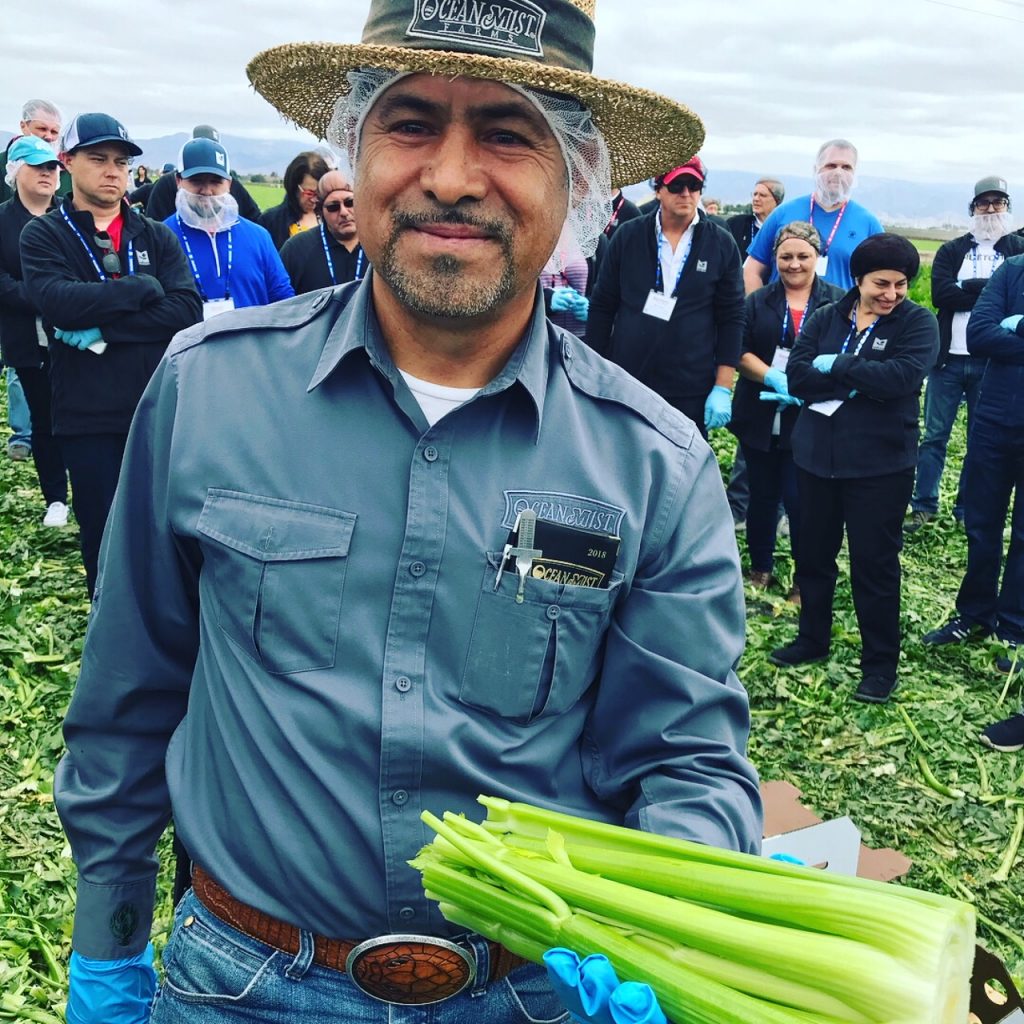
This farm tour group included a large gathering of food service professionals many of them working in the produce industry and a small group of my registered dietitian nutritionist colleagues. I’ve know many of these RD’s for years and we share the smart philosophy of listening to the experts and learning about all kinds of food and nutrition topics, especially the ones with the most burning questions from everyone who cares about what they eat.
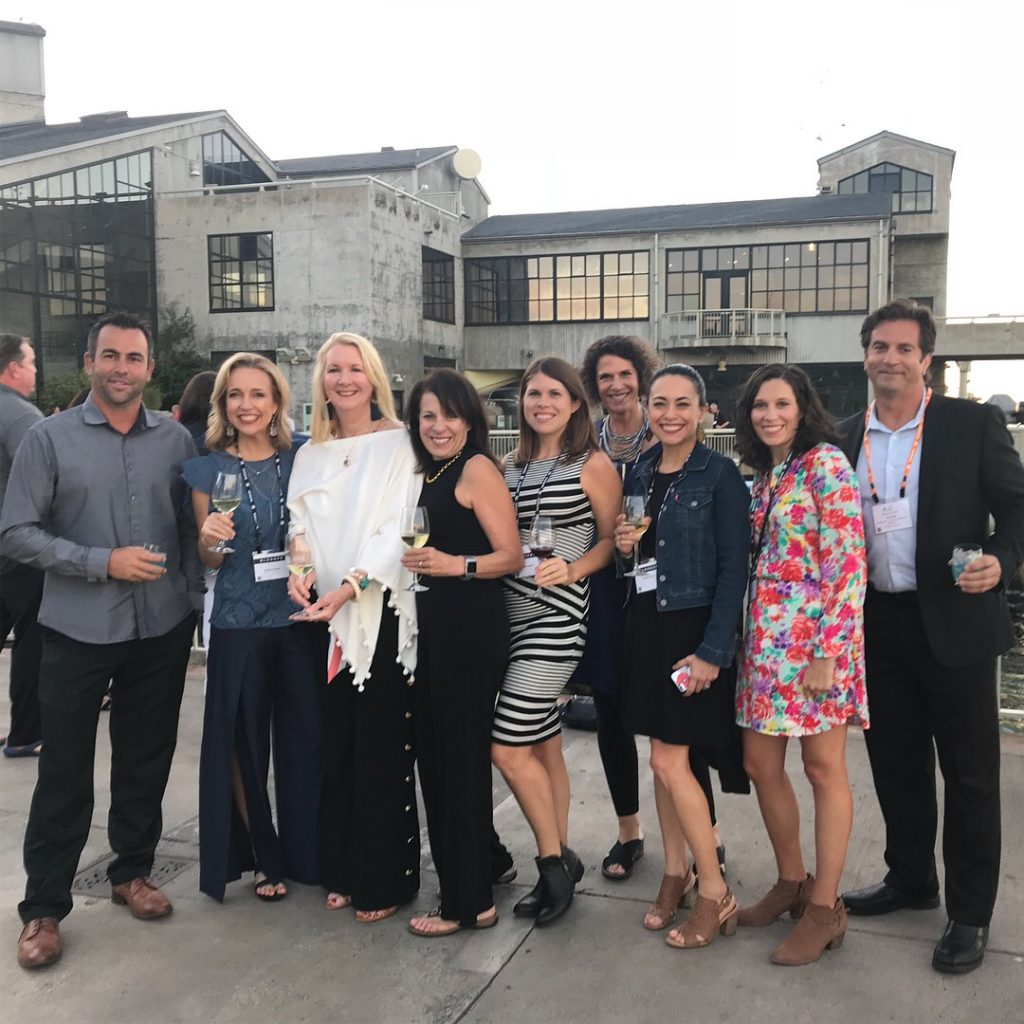
Facts Not Fears, Produce Safety
Produce safety is certainly one of those hot topics we need to keep up on to share the best information with our readers, our viewers, our nutrition clients and our family and friends. So, what’s being done to keep our produce clean? Well, I can tell you this- a lot of hand washing and in the fields! Produce companies are diligent about training farm workers and visitors to the fields that they must wash their hands and respect the integrity of the fresh crops bound for supermarkets and our kitchens or restaurant kitchens.
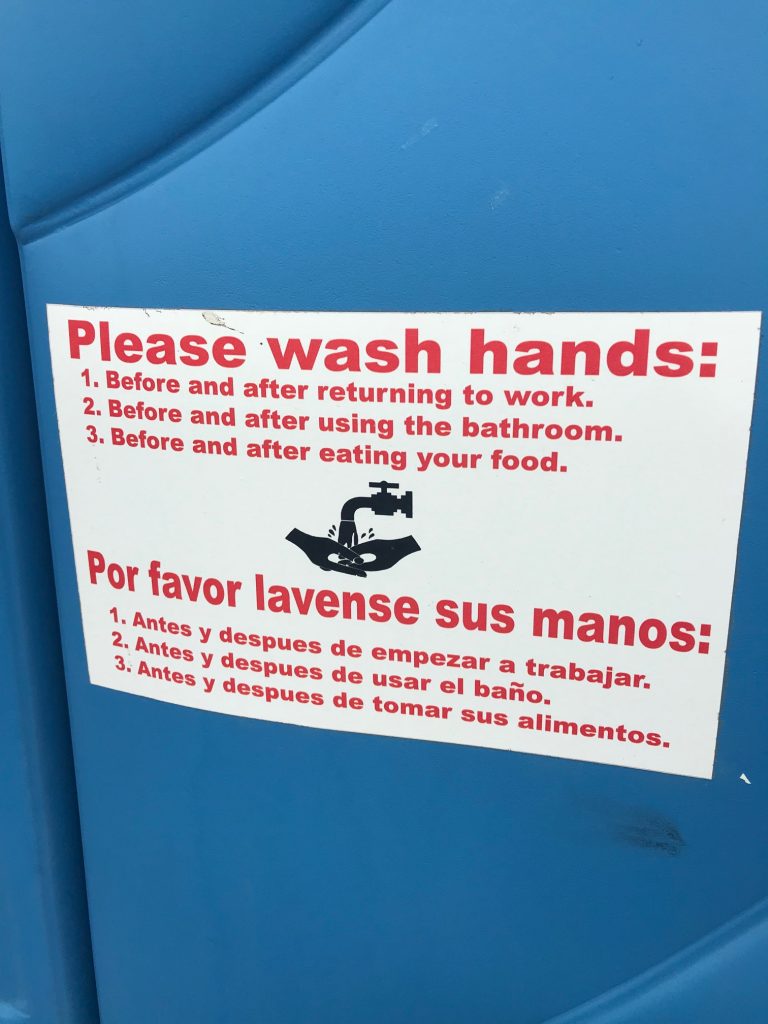
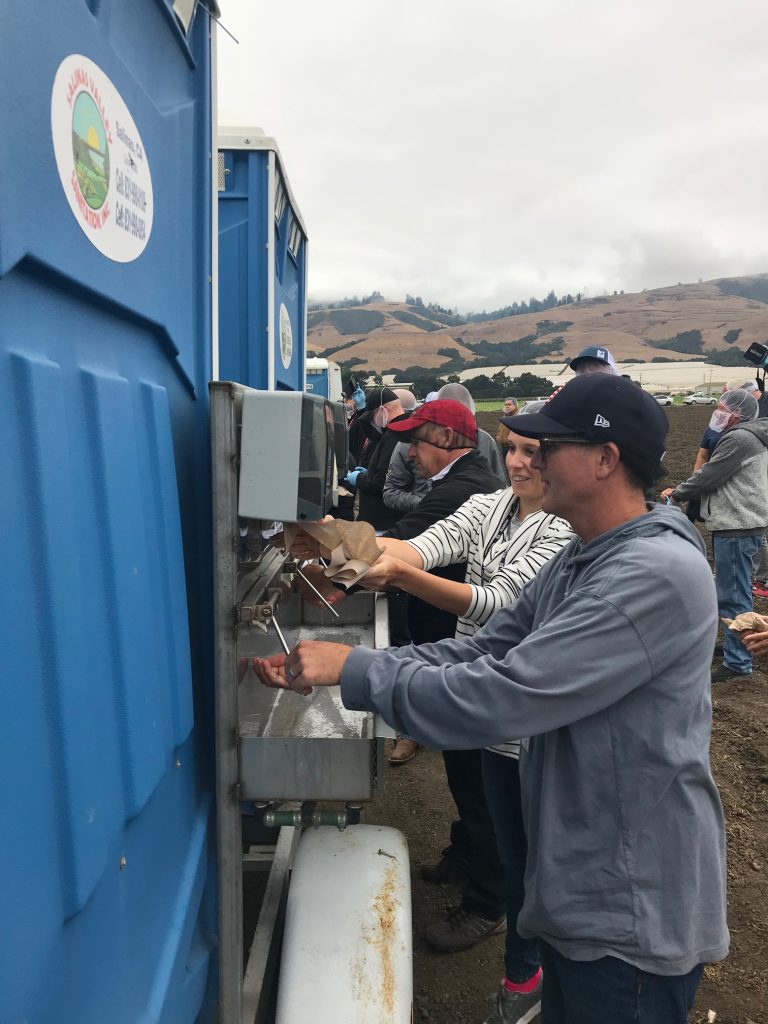
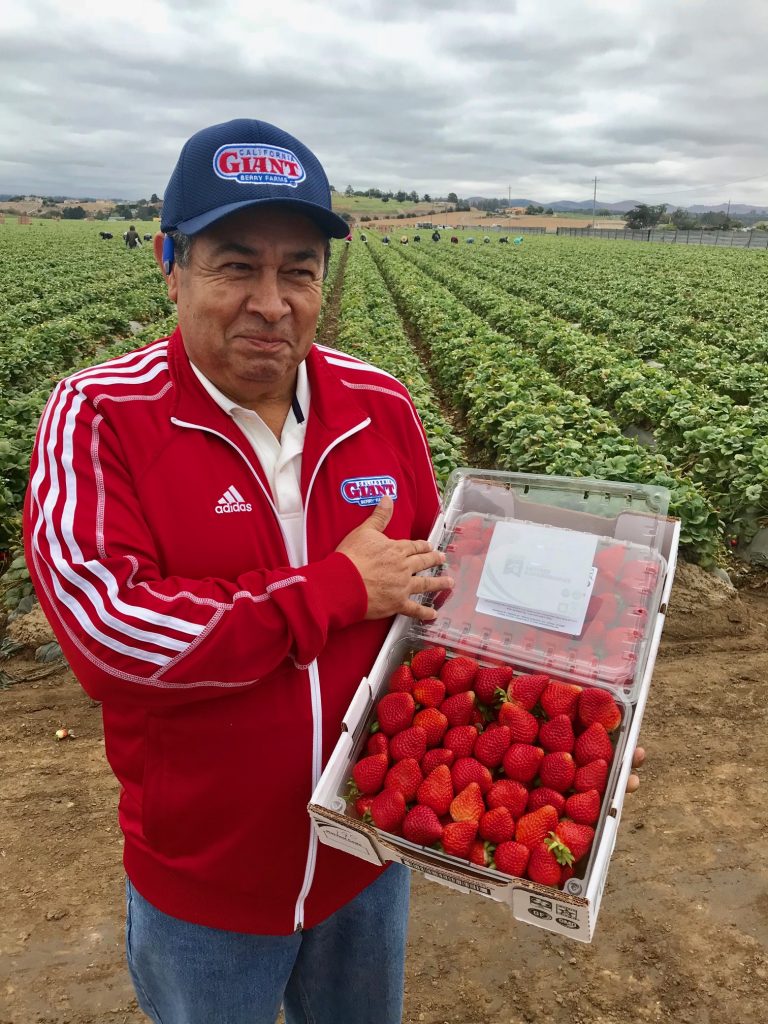
But wait there’s more!
Sanitation and food safety measures continue from farm to fork with good agricultural practices, good manufacturing practices and monitoring systems throughout the transportation process. The next time you pass a big truck on the highway, and it may be carrying fresh vegetables to market, know that the best practices for food safety include temperature monitoring.
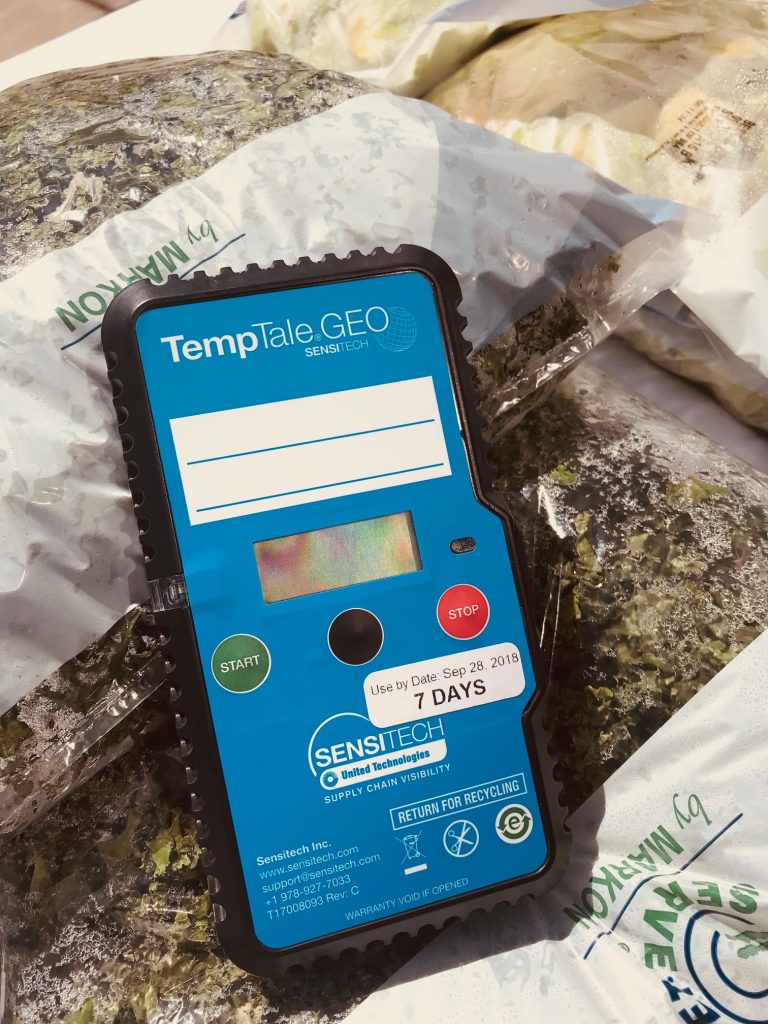
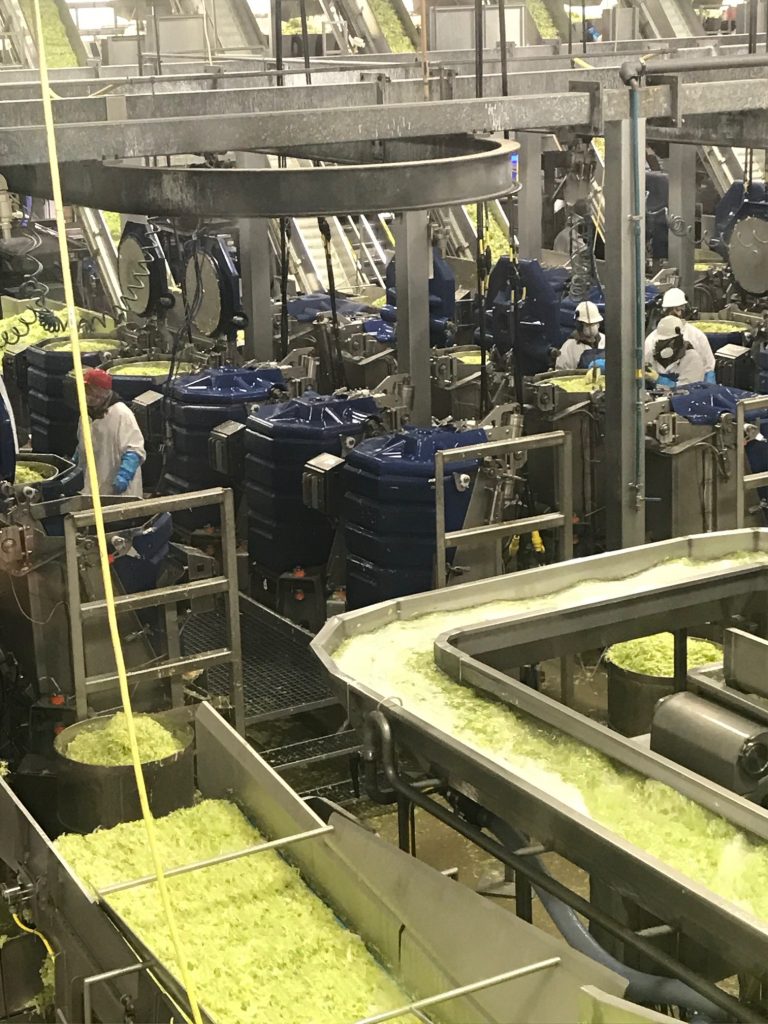
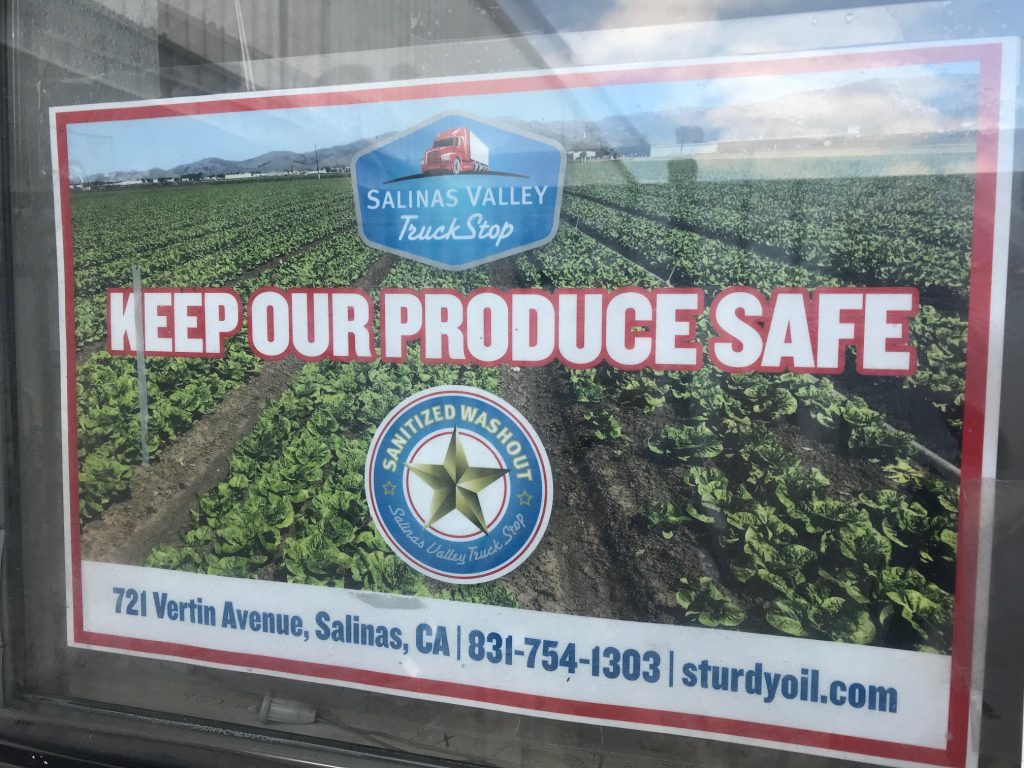
Full Disclosure: My travel to the farms and produce facilities of Northern California was sponsored by the Alliance for Food and Farming. Their website is a bountiful harvest of science based information on produce safety. www.safefruitsandveggies.com I received a small honorarium for my time documenting the farm tour as well.
What about Pesticide Residue? Bottom line: I wouldn’t worry about it. I’d worry about eating enough vegetables for good health! The benefits far outweigh any risk.
-USDA data shows that pesticide residues on foods tested are at levels far below the safety tolerances set by the EPA and therefore pose no public health concern. (USDA Pesticide Data Program Report, “What Consumers Should Know.” February 2018)
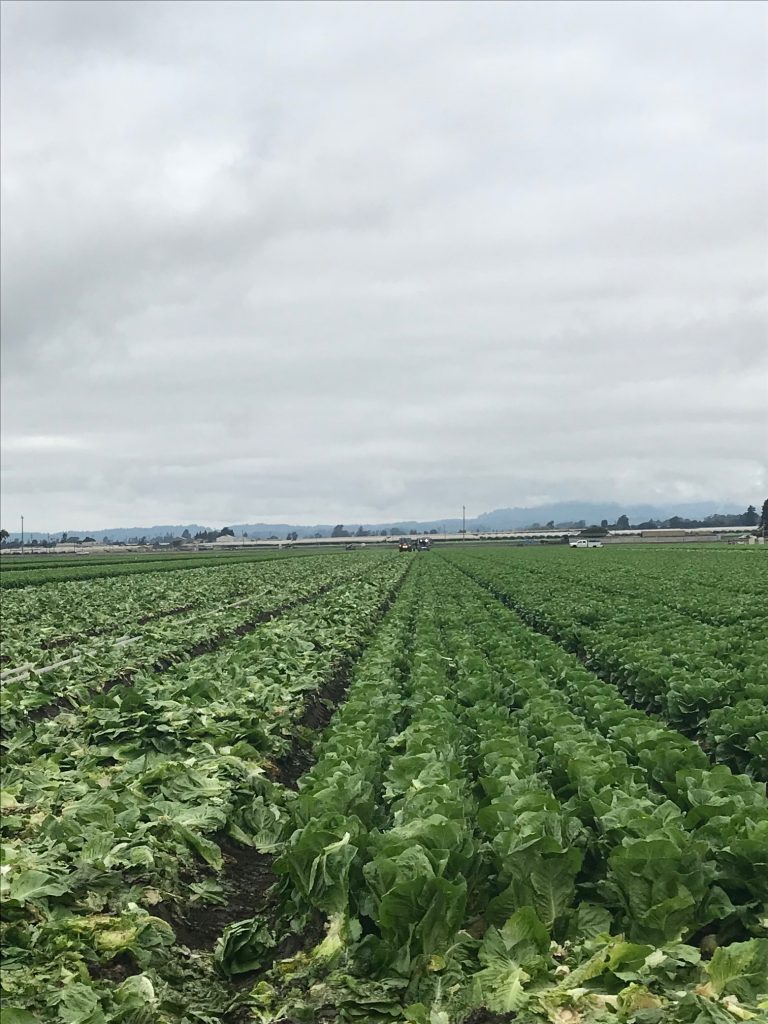
CROP PROTECTION when done right protects us too.
I listened and learned a lot about pest management and that includes the farming challenges of using products to help control damaging insects (insecticides), weeds (herbicides) and microbes such as fungus (fungicides) that may affect the health of the soil and therefore the plants. Even in organic farming there’s a list of approved pesticides. So the process of organically growing produce is not ‘pesticide free’. What we’re striving for in conventionally grown and organically grown produce (often the same farmer uses both techniques depending on the crop) is an end product that arrives on our plates that contains NO pesticide residue.
Did you know: An analysis of the Environmental Working Group’s so called “Dirty Dozen” list of fruits and vegetables with pesticide residue ( all way below EPA tolerance levels by the way ) published in the Journal of Toxicology found that substitution of organic produce for conventionally grown did not result in a reduction of risk. (Journal of Toxicology, “Dietary Exposure to Pesticide Residues from Commodities Alleged to Contain Highest Contamination Levels” May 2011
Good Bugs Fighting Bad Bugs
Treating crops with these pest control products can be expensive so farmers do not use them willy-nilly. When used at the right time, in the right amount, according to super specific application directions- pesticides can fight the bad things that might take down an entire crop and leave no trace, no residue in the fruits or vegetables by the time they’re ready for harvest. That’s why the field of ‘pesticide management’ today is called crop protection. Sometimes crop protection enlists bugs to fight other bugs. Ladybugs and other beneficial insects are released into fields of strawberries for instance to battle the bad bugs that may destroy the budding berries.
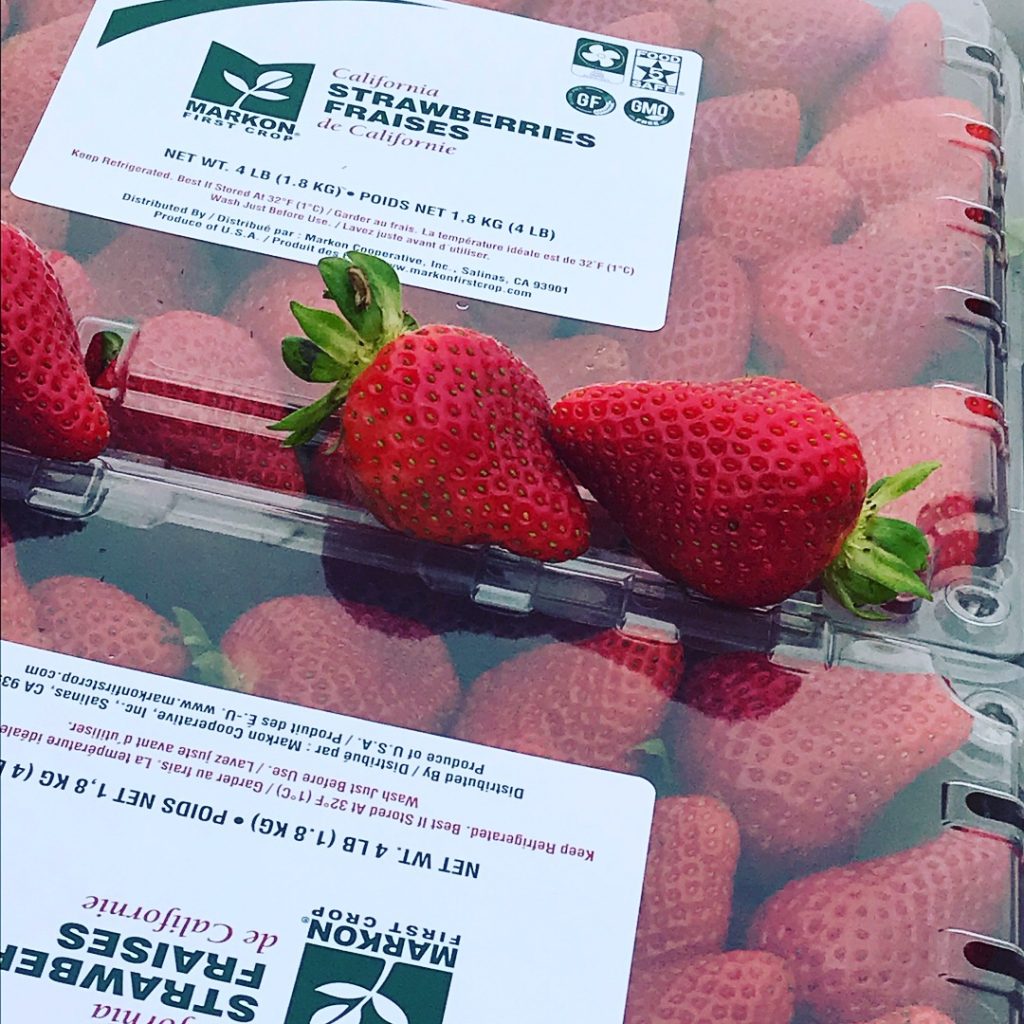
There’s lots of good information on integrated pest management on the website of the California Strawberry Commission. In fact, I’m really impressed with the depth and breadth of research and resources on this website.
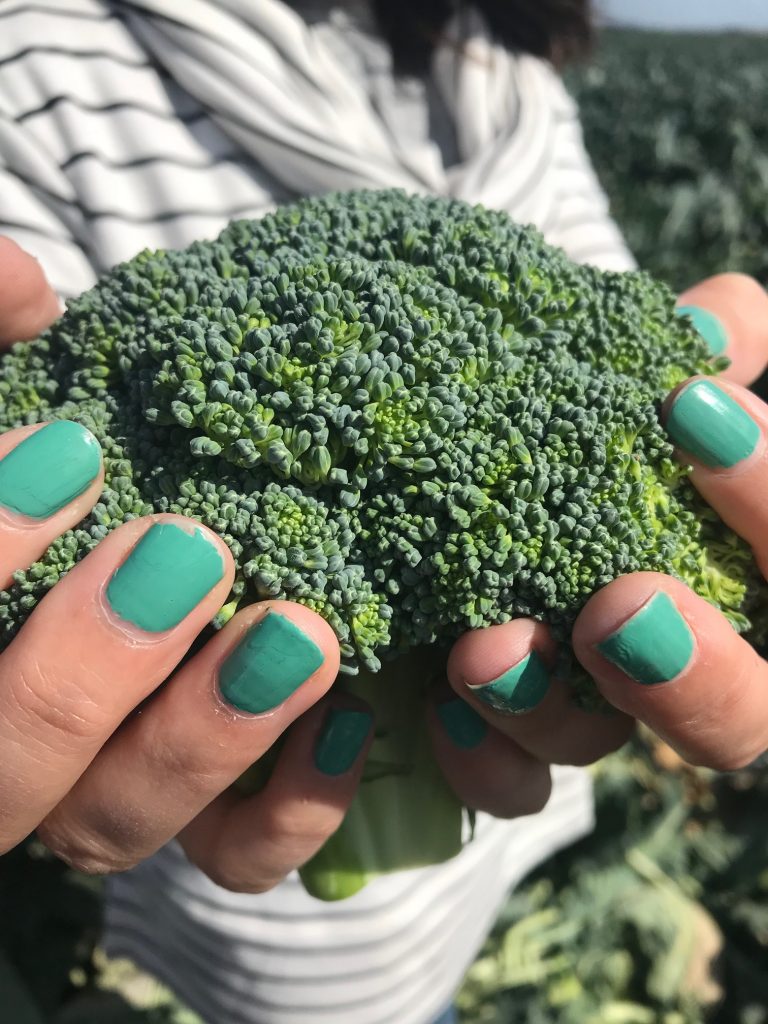
Farmers want you to ask questions and they’re more than ready to answer them.
Cheers to the Alliance for Food and Farming for championing produce safety and sharing science based content so you can feel good about feeding your family and friends the nutritious and delicious bounty of fresh fruits and vegetables grown on US farms today.

Thank you again to The Alliance for Food and Farming. I can’t wait to learn even more and will keep up with all of the news from the AFF. And thank you to Markon ( love your 5-star Food Safety Program!), California Strawberry Commission, Taylor Farms, Ocean Mist, Mann’s and Giant Berry Farms. Toss all that together and we can make a pretty darn delicious salad!





